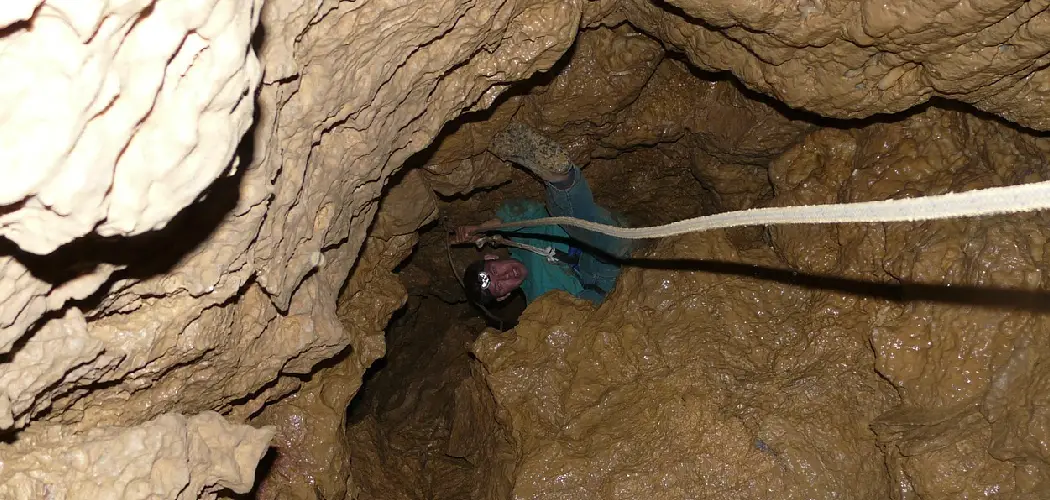Dealing with a clogged drain can be a frustrating and time-consuming task, especially when the blockage is caused by clay. Clay, known for its dense and sticky properties, can easily build up in pipes, leading to significant drainage issues. Understanding how to dissolve clay in a drain is essential for maintaining a smooth and efficient plumbing system. This process often involves a combination of mechanical and chemical methods designed to break down and flush out the clay deposits.
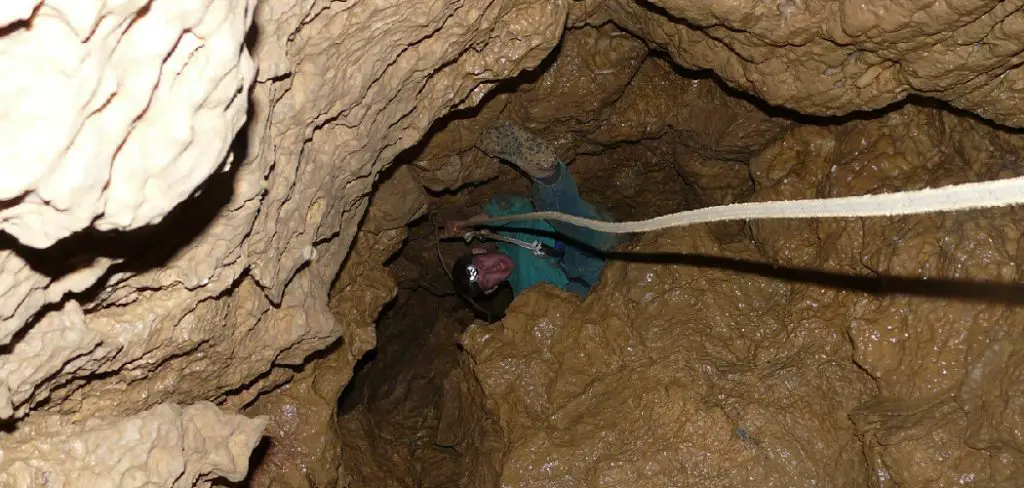
In this comprehensive guide, we’ll explore effective strategies and practical tips on how to dissolve clay in drain. Common techniques include using specialized drain cleaners formulated to tackle mineral and clay obstructions, employing plumbing snakes to physically break up blockages, and flushing the system with ample water pressure.
Homeowners may also consider natural solutions, such as vinegar and baking soda, which can help to dislodge minor clogs. By addressing clay buildup proactively, you can prevent severe clogs, reduce the risk of pipe damage, and ensure the longevity of your home’s plumbing infrastructure.
Common Problem of Clay Buildup in Drains
Clay buildup in drains is a prevalent issue, particularly in homes with clay-based soil or where clay is used in household processes like pottery or gardening. When clay enters the drainage system, its dense and adhesive nature causes it to stick to pipe walls, gradually accumulating and forming stubborn blockages. This problem can be exacerbated by the presence of other materials such as hair, grease, and mineral deposits, which combine to create even more resilient obstructions.
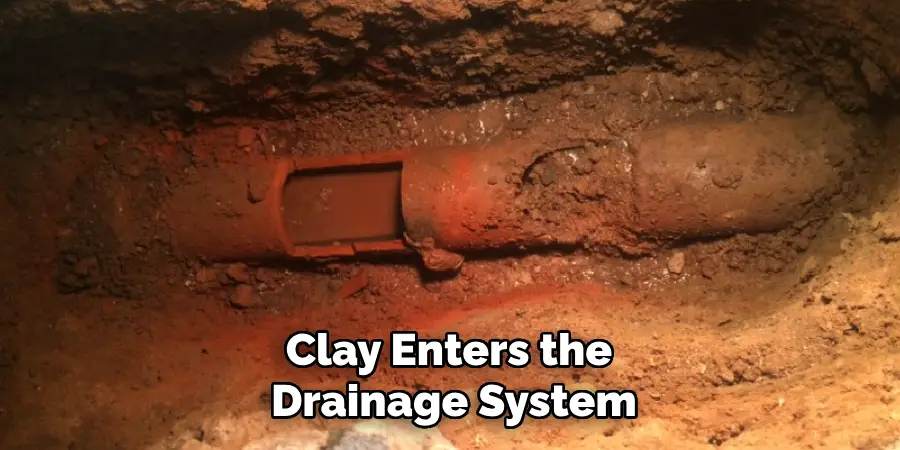
Left untreated, these buildups can lead to slow drainage, unpleasant odors, and even complete pipe blockages, requiring professional intervention. Regular maintenance and quick action to address minor clay deposits can help mitigate these issues, ensuring that the drainage system remains functional and efficient.
Importance of Addressing Clay Blockages to Prevent Plumbing Issues
Addressing clay blockages in your drainage system is crucial to prevent a cascade of plumbing issues that can disrupt daily activities and lead to costly repairs. When clay builds up inside pipes, it restricts water flow, which can cause water to back up, leading to slow draining sinks, bathtubs, and toilets. This not only creates an inconvenience but can also cause water damage to floors and walls, necessitating expensive repairs.
Persistent blockages increase pressure in your plumbing system, which can result in pipe bursts or leaks, compounding the problem. Additionally, stagnant water from clogged drains can become a breeding ground for bacteria and mold, posing health risks to household members. Taking proactive measures to dissolve and remove clay buildup not only ensures efficient drainage but also extends the life of your plumbing infrastructure, saves money on potential repairs, and maintains a healthy living environment.
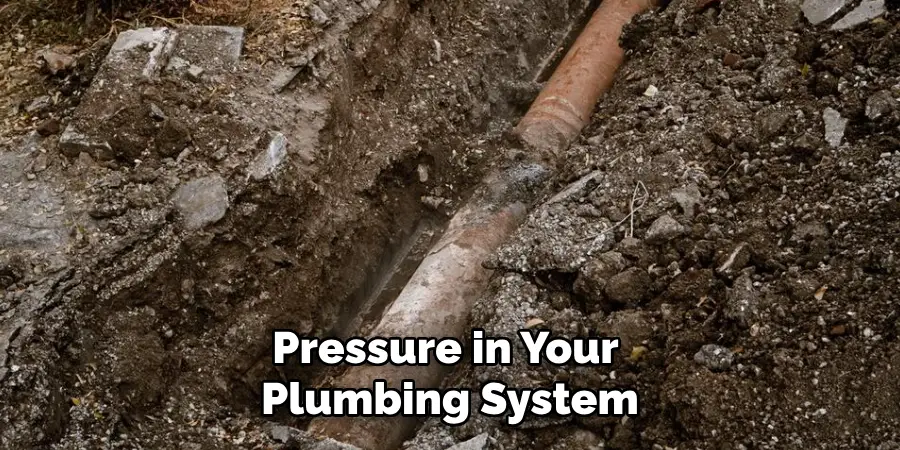
Understanding Clay Buildup in Drains
To effectively tackle clay buildup in drains, it’s important to understand how and why it occurs. Clay particles are extremely fine and possess a high degree of stickiness, which allows them to adhere to the interior surfaces of pipes. Over time, these particles accumulate and create a substantial obstruction that hinders water flow. In addition to their adhesive nature, clay particles can combine with other common drain clogging substances like grease, hair, and soap scum, resulting in even more tenacious blockages.
Environmental factors also play a role; homes situated in areas with clay-rich soil are more prone to experiencing these issues. Indoor activities, such as ceramics crafting and certain cleaning practices, can introduce additional clay into the drainage system. Understanding these factors helps in identifying the root cause of the problem, enabling more effective prevention and removal strategies. Regular inspection and maintenance are essential to manage and mitigate clay buildup, ensuring a smooth and trouble-free drainage system.
Soil Composition in the Surrounding Area
The composition of the soil surrounding your home significantly influences the likelihood of clay buildup in your drains. In many regions, clay soil is a common component, characterised by its fine particles and high plasticity. This type of soil retains water well, making it beneficial for certain types of vegetation but problematic for drainage systems. Soils with a higher clay content can introduce a considerable amount of clay particles into the plumbing system, especially during periods of heavy rainfall when runoff carries more soil into drains.
In areas with mixed soil composition, such as loamy soils, the issue of clay buildup might be less severe due to the balanced presence of sand, silt, and organic matter. However, even a proportion of clay can contribute to drain problems over time. Homeowners in regions with predominantly sandy or silty soils may experience different drainage issues, but they are not entirely immune to clay-related blockages, particularly if there’s any clay content mixed in.
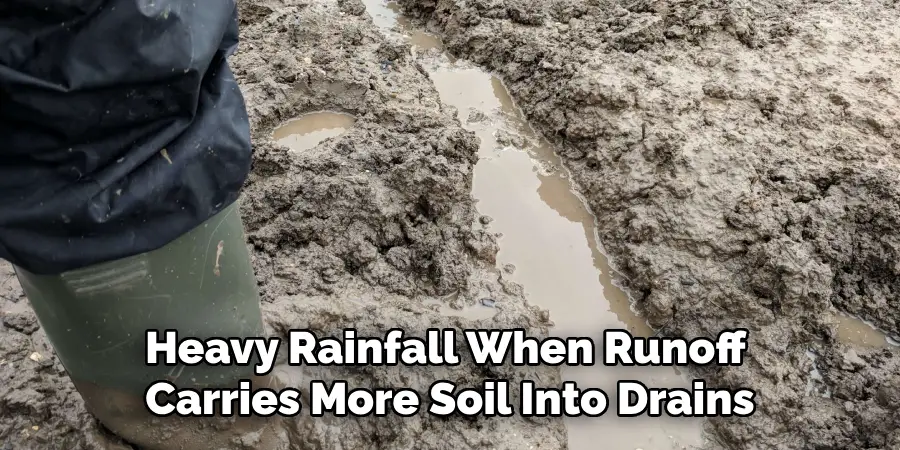
Understanding the specific type of soil around your home can help you take targeted preventive measures. For instance, knowing that you live in an area with high clay content might encourage more frequent monitoring and maintenance of your drainage system. Additionally, landscaping solutions, such as installing proper grading or using ground covers to reduce soil erosion, can help minimise the amount of clay entering your drains.
Usage Patterns and Maintenance Practices
The usage patterns within a household can significantly impact the extent of clay buildup in the drainage system. Regular activities such as washing dishes, bathing, and even certain cleaning practices can contribute to the accumulation of clay and other debris in the pipes.
Homes that frequently engage in activities like pottery, gardening, or DIY projects involving clay are particularly susceptible to these issues. Monitoring and adjusting these usage patterns can be a straightforward way to reduce the risk of severe blockages.Implementing diligent maintenance practices is essential for preventing and managing clay buildup in drains. Routine inspections and cleaning can go a long way in identifying and addressing minor blockages before they become major issues.
Using tools like drain cameras can help to visually assess the condition of the pipes, while plumbing snakes or augers can be employed to physically break up and remove obstructions. Additionally, homeowners should consider regular flushing of their drainage systems with water or mild cleaners to help keep the pipes clear.
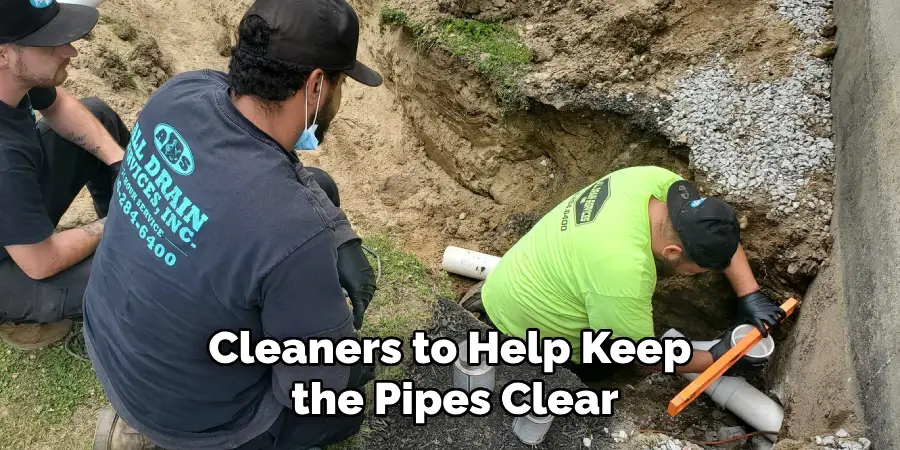
Adopting preventative measures, such as installing strainers or screens over drains, can also reduce the ingress of clay and other debris. Enzymatic or bacterial drain cleaners can be used periodically as a maintenance measure, dissolving organic materials that might otherwise contribute to blockages. Lastly, educating all household members about what should and shouldn’t be disposed of down the drains can significantly help in maintaining a clear and functional plumbing system.
10 Methods How to Dissolve Clay in Drain
1. Use of Boiling Water
One of the simplest and most effective methods for dissolving clay in drains is the use of boiling water. Boiling water can help break down the clay particles and flush them out of the drain. Begin by boiling a large pot of water. Carefully pour the boiling water directly into the drain in a slow and steady stream. This method is particularly useful for minor clogs and can be repeated several times for better results. Boiling water helps to soften and loosen the clay, making it easier to dislodge and flush away. This method is safe, environmentally friendly, and does not involve the use of harsh chemicals.
2. Vinegar and Baking Soda
A natural and effective solution for dissolving clay in drains involves the use of vinegar and baking soda. This combination creates a chemical reaction that can help break down clay deposits. Start by pouring a cup of baking soda into the drain, followed by a cup of white vinegar. Allow the mixture to sit and react for about 15-30 minutes. The fizzing action helps to loosen and dissolve the clay particles. After the reaction has subsided, flush the drain with boiling water to remove the dissolved clay and any remaining debris. This method is both eco-friendly and cost-effective.
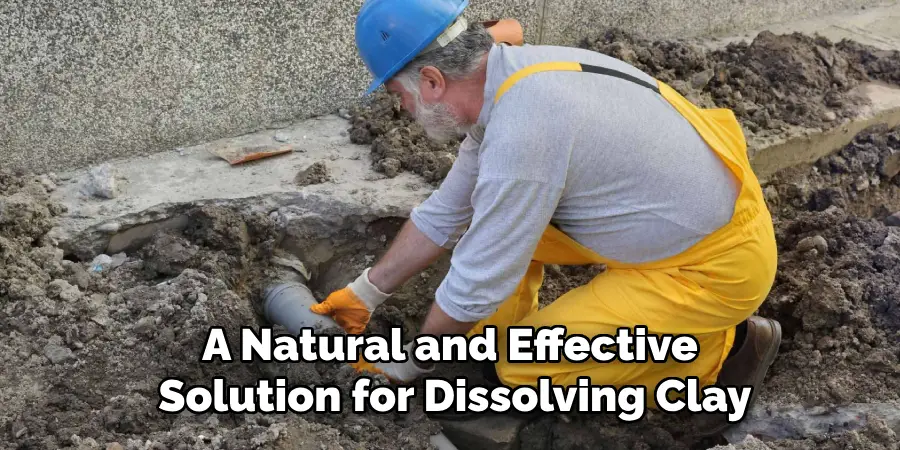
3. Chemical Drain Cleaners
For more stubborn clay clogs, chemical drain cleaners can be highly effective. These cleaners contain powerful ingredients designed to dissolve various types of blockages, including clay. Choose a drain cleaner that specifically mentions its effectiveness against mineral and clay deposits.
Follow the manufacturer’s instructions carefully, ensuring proper safety precautions are taken, such as wearing gloves and ensuring adequate ventilation. Pour the recommended amount of cleaner into the drain and allow it to sit for the specified time. Afterward, flush the drain with plenty of water to clear away the dissolved clay. While effective, chemical drain cleaners should be used sparingly to avoid potential damage to pipes and the environment.
4. Mechanical Augers and Drain Snakes
Mechanical augers and drain snakes are essential tools for physically removing clay blockages from drains. These tools can reach deep into the drain, break up the clay, and pull it out. To use a drain snake, insert the end of the snake into the drain and rotate the handle to push it further down.
Once the snake reaches the blockage, continue to rotate and push to break up the clay. Gradually withdraw the snake, bringing the dislodged clay particles out with it. For severe blockages, a power auger, which operates with a motor, can provide additional force to break through the clay. Regular use of these tools can help keep drains clear of stubborn clogs.
5. Hydro Jetting
Hydro jetting is a professional technique that uses high-pressure water jets to clear blockages, including those caused by clay. This method is highly effective and can remove even the most stubborn clogs without damaging the pipes. A professional plumber typically performs hydro jetting using specialized equipment. The high-pressure water is directed into the drain, cutting through the clay and flushing it away. Hydro jetting not only clears existing blockages but also cleans the interior surfaces of the pipes, preventing future clogs. This method is ideal for severe blockages and is an excellent long-term solution for maintaining clear drains.
6. Enzymatic Drain Cleaners
Enzymatic drain cleaners offer a natural and environmentally friendly alternative to chemical cleaners. These cleaners contain beneficial bacteria and enzymes that break down organic matter, including clay deposits. Pour the enzymatic cleaner into the drain according to the product instructions and allow it to sit overnight.
The enzymes work gradually to dissolve the clay, converting it into smaller particles that can be easily flushed away. Follow up with a flush of warm water to clear the dissolved clay from the pipes. Regular use of enzymatic cleaners can help maintain clear drains and prevent future blockages.
7. Use of Plungers
Plungers are a simple and effective tool for dislodging clogs in drains, including those caused by clay. To use a plunger, fill the sink or tub with enough water to cover the plunger’s cup. Place the plunger over the drain to create a tight seal and push down firmly, then pull up quickly. Repeat this action several times to create suction that can dislodge the clay. The pressure created by the plunger can break up the clay deposits, allowing them to be flushed away with water. This method is straightforward and does not involve the use of chemicals or specialized equipment.
8. Dish Soap and Hot Water
A simple yet effective method for dissolving clay in drains involves the use of dish soap and hot water. Dish soap helps to break down the clay particles, while hot water assists in flushing them away. Start by pouring a generous amount of dish soap directly into the drain. Follow this with a kettle of hot water, poured slowly to maximize its effect. The soap helps to loosen the clay, and the hot water flushes it out of the pipes. This method is gentle on the plumbing system and can be repeated as needed to clear the clog.
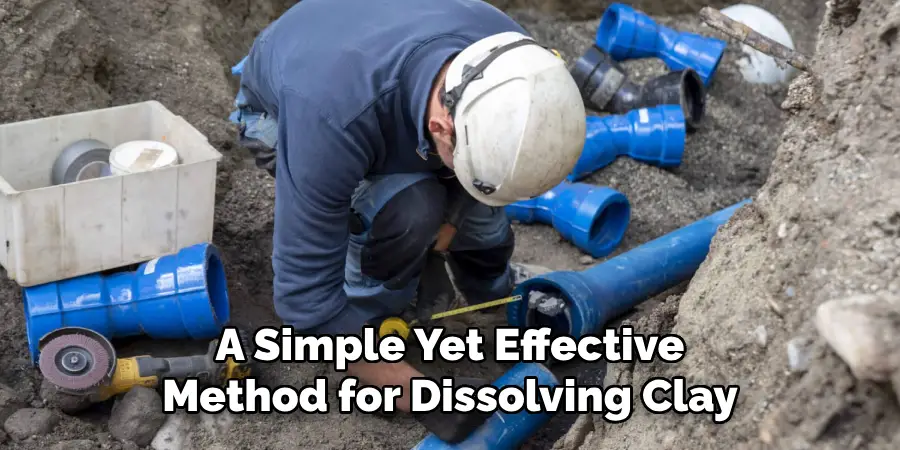
9. Vacuuming with a Wet/Dry Vacuum
A wet/dry vacuum can be a powerful tool for removing stubborn clay blockages from drains. This method involves creating a strong suction to pull out the clay deposits. Set the vacuum to the wet setting and place the hose over the drain opening. Ensure a tight seal for maximum suction. Turn on the vacuum to draw out the clay particles. This method can be particularly effective for large or compacted clogs that are difficult to dislodge with other methods. It’s a practical solution for homeowners who have access to a wet/dry vacuum.
10. Preventative Measures
Preventing clay from entering and clogging drains is the most effective long-term solution. Implementing preventative measures can significantly reduce the likelihood of blockages. Install drain covers or strainers to catch clay particles and other debris before they enter the drain. Regularly clean these covers to maintain their effectiveness.
Educate household members on the importance of not washing clay or dirt down the drains, especially in areas like bathrooms and kitchens where clay residues from activities or gardening might accumulate. Regular maintenance, such as flushing drains with boiling water or using enzymatic cleaners, can also help keep drains clear.
Things to Consider When Choosing a Drain Unclogging Method
When selecting a method to unclog drains, several factors should be taken into account to ensure effectiveness and safety. Here are some key considerations:
- Type of Blockage: Identify the nature of the clog in your drain. Different obstructions—such as hair, grease, soap scum, or clay—require specific cleaning techniques and tools for optimal removal.
- Pipe Material: Consider what material your plumbing system is made from, as some methods may cause damage to certain types of pipes. For example, chemical drain cleaners can erode older pipes made of metal or weaken PVC pipes over time.
- Severity of the Clog: Assess how severe the blockage is. Minor clogs may be resolved with simple solutions like plungers or dish soap, while more severe obstructions might necessitate professional intervention like hydro jetting.
- Environmental Impact: Choose methods that are environmentally friendly whenever possible. Enzymatic cleaners and mechanical tools such as augers and plungers are preferable to harsh chemical cleaners, which can be harmful to the environment.
- Safety Precautions: Always follow safety guidelines when using any unclogging method. Wear gloves and protective eyewear, ensure proper ventilation when using chemical cleaners, and be cautious of high-pressure or electric tools.
- Cost: Consider the cost involved in each method. While professional services and certain tools might be more expensive upfront, they can offer long-term solutions that might save money in the future by preventing recurring issues.
- Ease of Use: Some methods require specialized knowledge or equipment, whereas others are straightforward and can be done by a homeowner. Ensure you are comfortable and knowledgeable about the method you choose to avoid further complications.

Taking these factors into account can help you make an informed decision on how best to address drain blockages effectively and safely.
Conclusion
Effectively managing and preventing drain blockages requires a combination of appropriate methods and preventative measures. By understanding the nature of the blockage, selecting the right tools and techniques, and considering factors such as environmental impact and pipe material, homeowners can tackle clogs efficiently and safely. Implementing regular maintenance routines and adopting preventative practices, such as using enzymatic cleaners and installing drain covers, can help avoid future issues. Thanks for reading, and we hope this has given you some inspiration on how to dissolve clay in drain!

